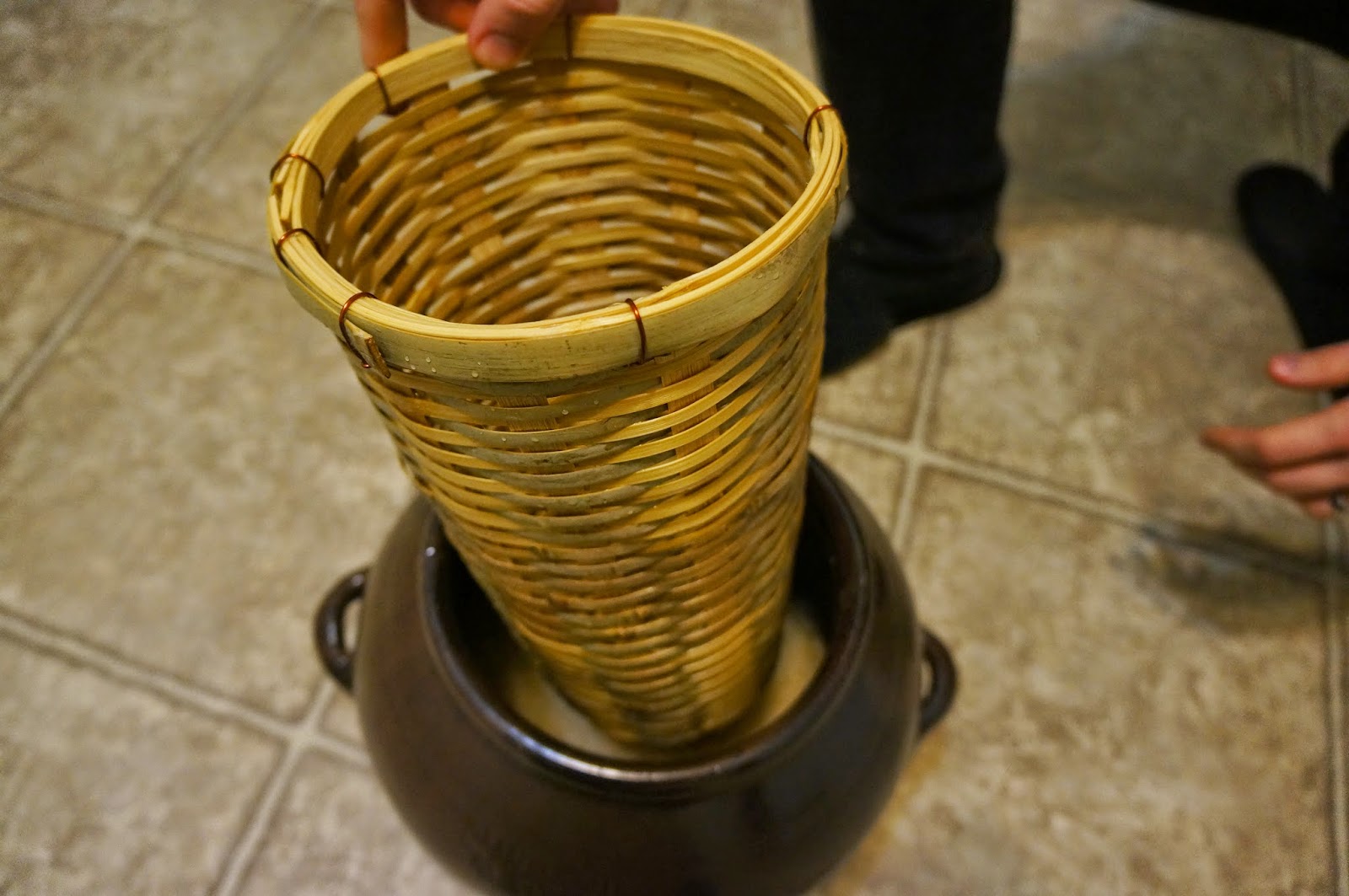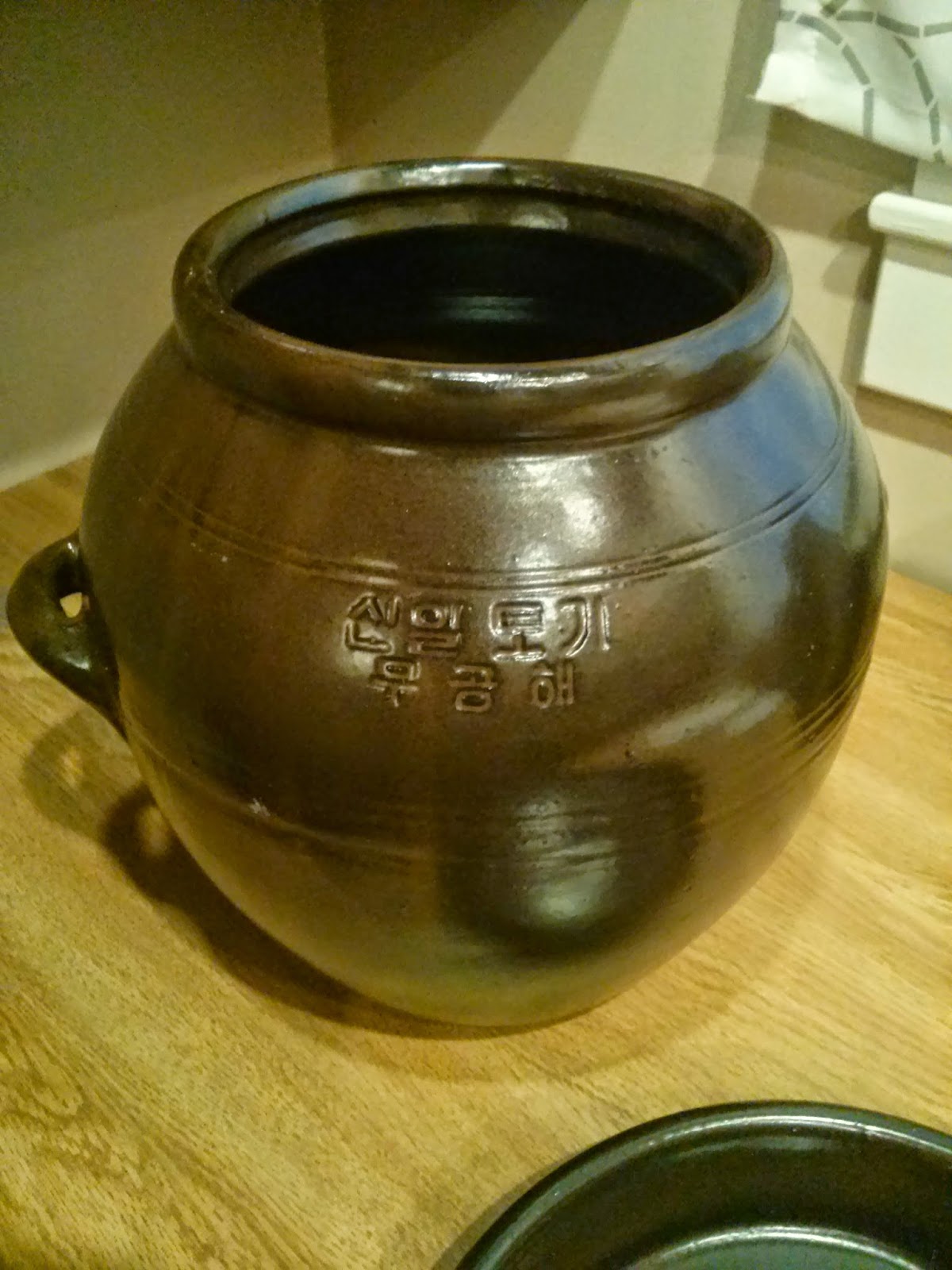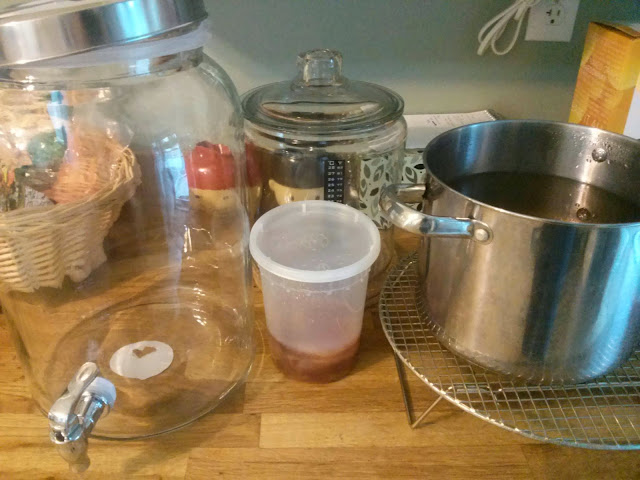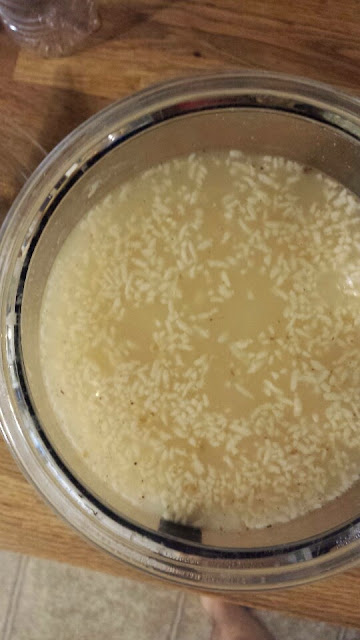Instant Makgeolli? Hwajoodang Makgeolli Pack
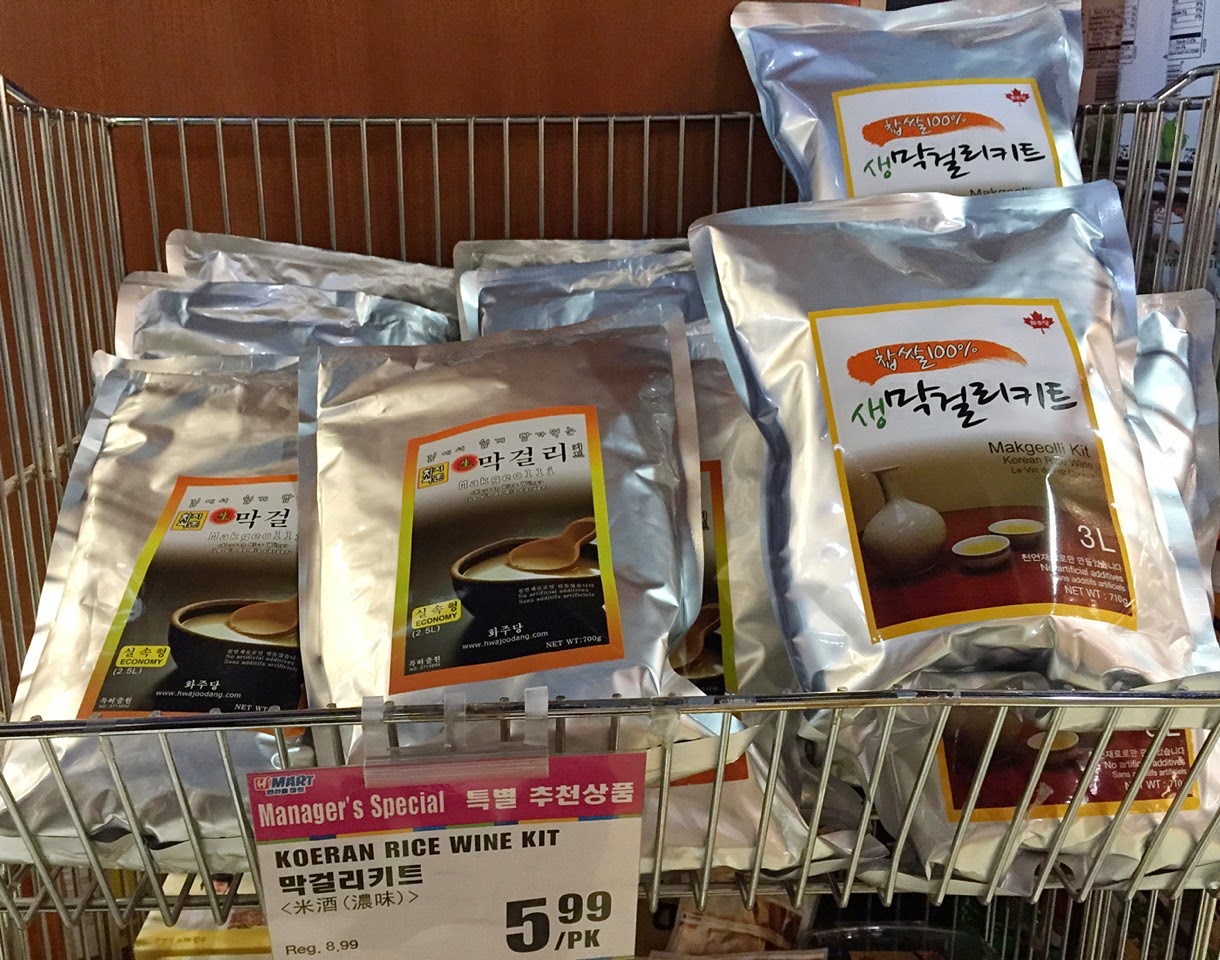
Claire from YVR has brought to my attention an interesting product from across the northern border. Hwajoodang's Makgeolli Pack ! Claire had posted previously about her makgeolli experience on her blog here . Judging from her post, she had the opportunity to try some unique, high-quality makgeolli. At the end of her post she resolves to make her own batch of home brewed makgeolli, which led her to the package pictured above, and below. I won't steal her thunder by posting pictures of her brew in the works. Please check out her blog and watch for her makgeolli post in the near future. On to the pack... The makgeolli pack is a prepackaged kit of all the ingredients needed to make makgeolli. The website doesn't have too much info on the product, such as ingredients or how much of each ingredient is in the pouch, but they do publish a how-to here . Thanks to Claire's contribution, we also have the above picture of the directions from the back of the pac...
